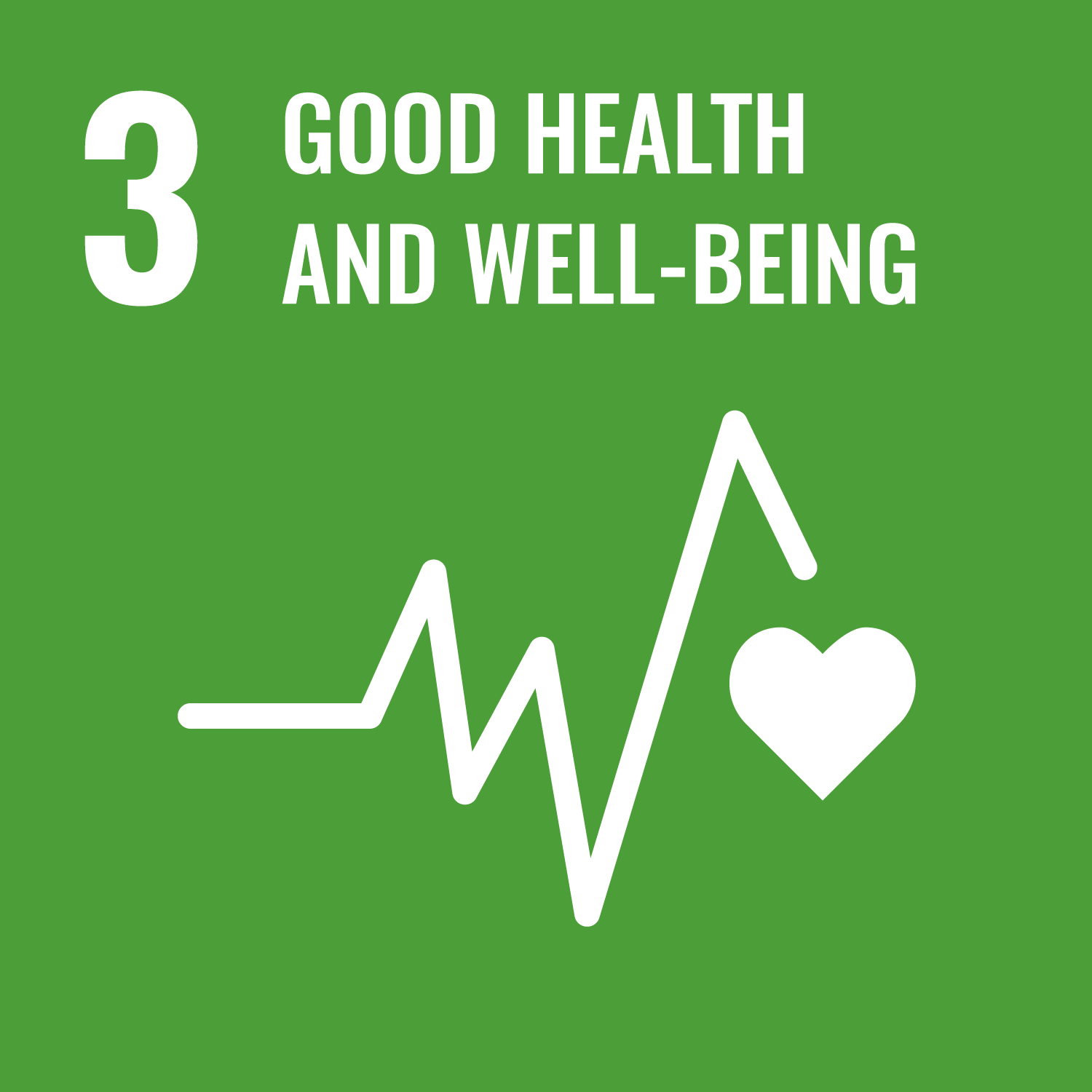Measuring and monitoring the number of people who die due to road traffic injuries provides a means to assess the impact of policies and legislation, highlighting areas where more action is needed. Between 2020 and 2021, mortality due to road traffic injuries slowly decreased to 14.1 deaths per 100 000 population (Figure A.13). While the rate is projected to continue to fall, it will likely fall short of the 2025 target of 10.85 deaths per 100 000 population. There is considerable heterogeneity in the distribution of the mortality rate between and within countries in the Region. In December 2023, WHO launched the Fifth Global Status Report for Road Safety. PASB collaborated closely with WHO to improve mortality estimates due to road traffic injuries.
Policies and interventions to prevent premature road traffic death vary in maturity across countries. Political, economic, and social drivers shape national transportation and health system capacities. Leadership changes and sociopolitical issues in some countries have posed difficulties for technical cooperation on road safety. Despite the health sector's potential to convene various stakeholders and advocate for evidence-based approaches, its impact on road safety has limitations, primarily due to resource constraints and institutional capacity. Promisingly, some countries are actively working to strengthen post-crash responses to prevent avoidable fatalities and disabilities.
Recommendations
• Align national road safety intervention initiatives with PAHO and WHO recommendations, working to ensure that traffic-related injuries are treated as a priority public health issue that necessitates an organized, multi-sectoral response.
• Address resource constraints and institutional barriers that limit post-crash responses.
• Foster dialogue regarding effective strategies for strengthening health system capacity for preventing road traffic injuries.

